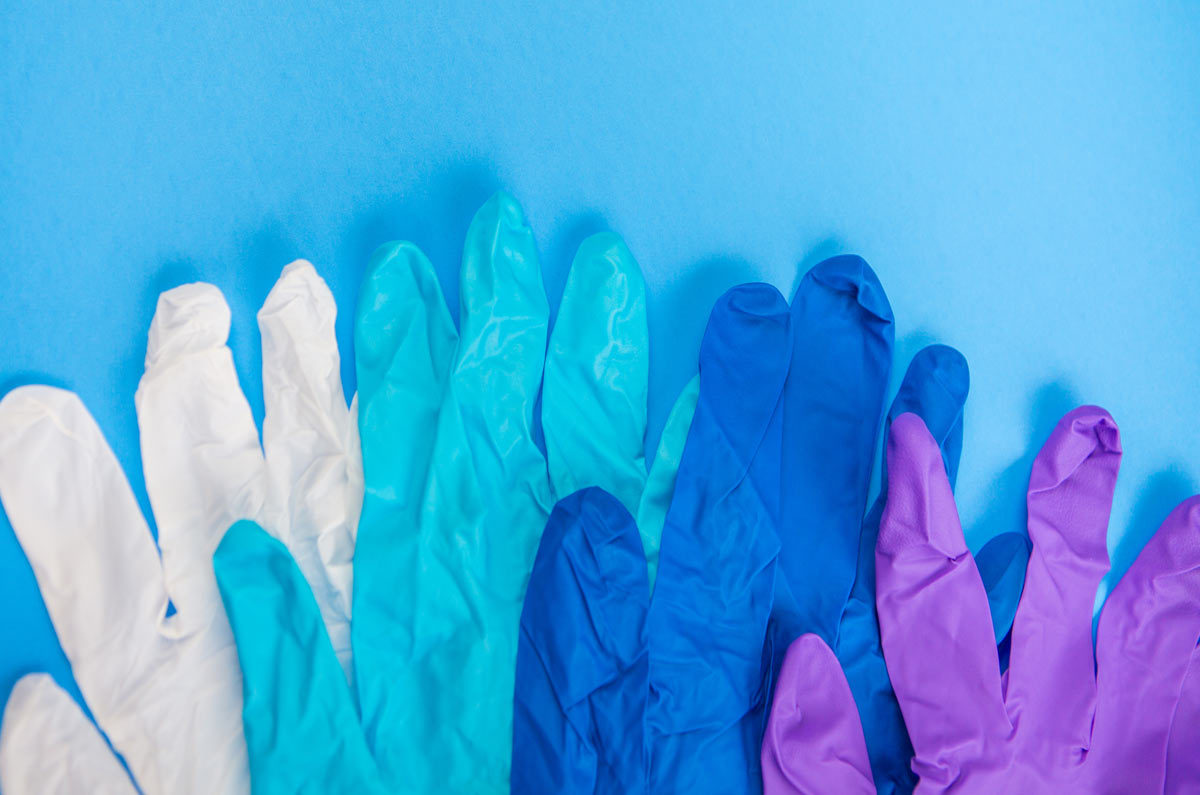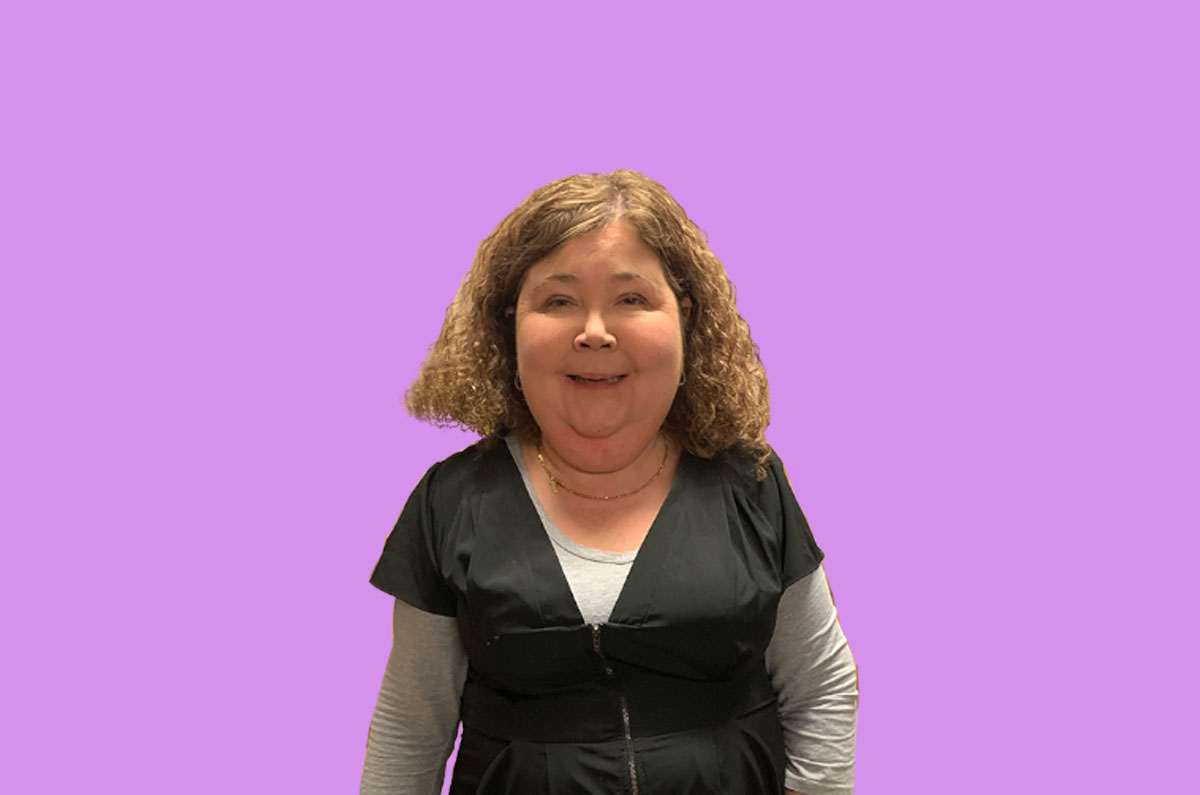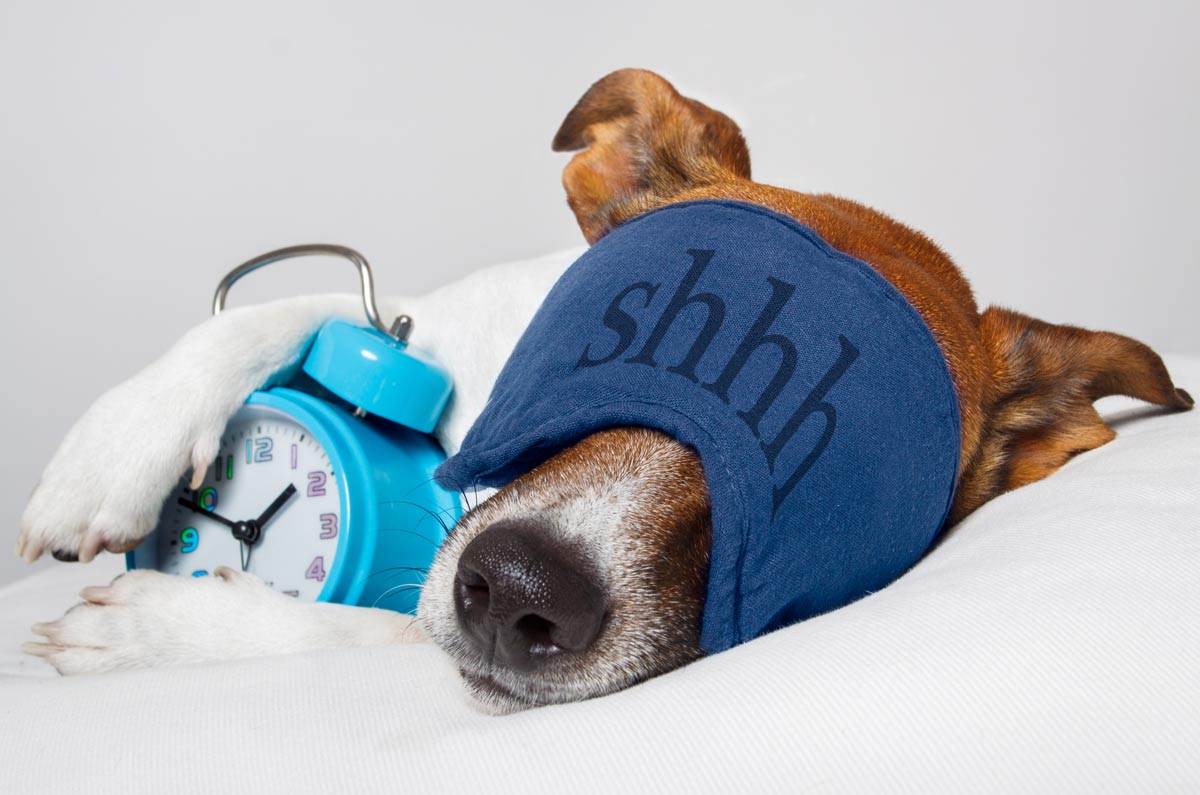Gloves and COVID-19
Along with masks, we’re now seeing lots of people wearing gloves when they’re out in public. Masks I understand, gloves I have more concerns about.
One of the main reasons is cross-contamination.
I’ve seen countless people in public wearing plastic gloves selecting fruit and vegies, picking and choosing what they want, putting back what they don’t and then putting their hands back on their shopping trolley, reaching into their bags for their phone or wallet, putting their phone up to their ear, all without removing or changing gloves. Basically they may as well have no gloves on at all.
By now you’ve probably seen the video circulating widely of an American nurse demonstrating how fast germs can spread even if you’re wearing gloves. She uses green paint to represent germs and pretends she’s at a supermarket. Pretty soon her nose, cheek, phone and wrists have green paint on them. If you haven’t seen this video, it’s worth viewing.
Gloves may make us feel protected, but if we don’t use them correctly – as highlighted in this video – they’re no use at all. In fact they may give us a false sense of security.
It’s understandable to feel anxious as we try to find ways to protect ourselves and our families from COVID-19. It began with panic buying and the run on toilet paper, hand sanitisers, pasta, masks and now gloves. And like panic buying, the more people you see wearing gloves and masks, the more you start to think you should too.
But do gloves provide any extra protection?
The quick answer is no. Washing your hands thoroughly and regularly using soap and water provides more protection against catching COVID-19 than wearing gloves. If you don’t have access to soap and water, then hand sanitisers are your next best option.
The disposable gloves we have access to (if you can find any at the moment) aren’t intended to be used for long periods of time. They’re designed for single use, for short periods of time. Because of this, they’re flimsy and can rip easily. They can also develop tiny little holes that you don’t notice – but are big enough for a virus and many of his closest friends to slip through.
Gloves are hard to find, so the temptation is to wear them more than once. But because they’re disposable they’re not designed to be washed and reused. Reusing them can lead to them becoming more damaged. And remember, this damage may be so small you don’t see it, but it’s enough to mean they’re not protecting you at all.
Good news is that many stores and shopping centres are now providing hand sanitiser stations. You can apply it when you enter and when you leave, and other times when needed. So when you have to go out for essentials, the best thing you can do is:
- wash your hands before you leave and when you get home
- avoid touching your face at all times
- avoid unnecessarily touching things (which I know I’m always doing subconsciously…but not now)
- avoid touching your phone
- clean your groceries when you get home
- take advantage of hand sanitiser stations at the shops
- stay calm, we’re all in this together.
Finally – if wearing gloves when you’re out in public makes you feel less anxious, then that’s important. Anything that makes us feel calm and in control is essential in these crazy times. It’s just important that you’re aware that gloves aren’t infallible, that they have lots of issues associated with them, and that you know how to use them correctly. In the More to explore section below we’ve provided a link to a video that shows you how to correctly put gloves on and take them off.
More to explore
- Are you wearing gloves or a mask to the shops? You might be doing it wrong
The Conversation, 12 May 2020 - Nurse demonstrates how germs spread even with gloves
NowThis - How to correctly wear your coronavirus face mask and gloves – video
The Guardian, 31 March 2020
Sydney-based diagnostic radiographer and clinical educator Trish Hann, goes through the correct method of putting on and wearing personal protective equipment. - Is wearing gloves an effective defense against COVID-19?
The Ohio State University Wexner Medical Center - Glove use information leaflet
WHO - The Globus guide to putting-on and removing non-sterile disposable gloves
Globus Group
Hand sanitisers
OK, so gloves aren’t great.
But it’s hard (almost impossible) to find hand sanitisers. So what about making your own? There’s been a proliferation of websites, social media posts and conversations over the back fence about how to make your own hand sanitiser. All you need is vodka, right?
Ahhh, that’d be a big NO. For hand sanitiser to be effective against COVID-19 it needs to be at least 70% alcohol. Vodka is typically 80 proof, which means it’s only 40 percent alcohol*. So save your vodka for a Saturday night cocktail.
Making products like hand sanitiser also requires an understanding of chemistry. Remember that high school subject many of us barely passed?? You’d also need the right equipment to ensure your measurements are exact, so the sanitiser is made safely and effectively. If you had all of that, you still need to be able to buy the ingredients. Like many things at the moment, they’re harder to access because everyone – from distilleries to the person down the street – is trying to make hand sanitiser. So when it comes down to it, hand sanitiser isn’t something you can or should try to whip up at home. There are reasons companies spend lots of time, research and resources making their hand sanitisers. It’s not so simple.
Hand sanitisers also contain ingredients that protect our skin from drying out. When your skin is dry from frequent hand washing and from using harsh chemicals, it can become damaged. Germs can get in through cuts and abrasions. This includes COVID-19, but also bacteria and other microbes that can lead to nasty infections and pain. Some hand sanitiser recipes do include ingredients such as aloe vera to combat this, however it can dilute the alcohol concentration, making the sanitiser ineffective. Read this article by Choice for more info: What you should know before making your own hand sanitiser.
So where does this leave us?
Unfortunately there’s no quick fix. Hand sanitiser isn’t something we should try to make at home. And with commercial hand sanitiser so hard to find, we’re left with good old hand washing. Frequently and thoroughly, for at least 20 seconds, singing your favourite song. And physical distancing. It’s frustrating, because we like to be doing things to make our lives and world better. But during this pandemic, the doing thing that we know works, is doing nothing*. (*except exercising, staying at home with your family, reading, singing, dancing, having fun, working, cooking, creating, staying safe, watching movies, catching up on home jobs, gardening, jigsaws…read our blog about things to do while in iso.)
Reference
*Will vodka work? What you need to know about using hand sanitiser against coronavirus
Science Alert, 15 March 2020
More to explore
- Coronavirus: How hand sanitisers protect against infections
Compound Interest| - Many hand sanitisers are ineffective against coronavirus, experts warn
ABC News, 2 April 2020 - What you should know before making your own hand sanitiser
Choice, 24 March 2020


















